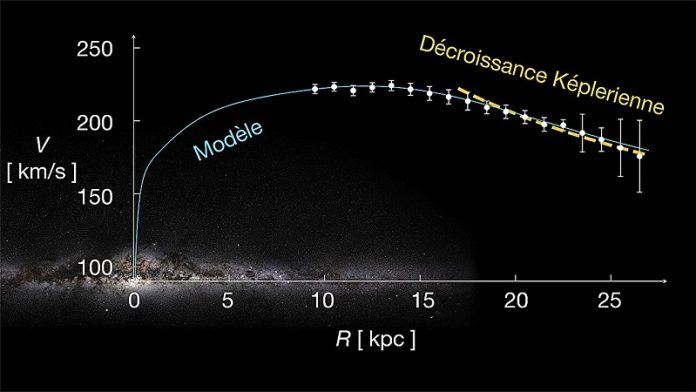
Have you ever wondered about the weight of our galaxy, the Milky Way?
Well, scientists have recently made a surprising discovery about this!
Thanks to advanced technology from a satellite named Gaia, developed by the European Space Agency (ESA), a group of international scientists led by astronomers from the Paris Observatory–PSL and the CNRS has managed to weigh the Milky Way more accurately than ever before.
What they found was astounding: our galaxy is actually much lighter than we previously thought!
The Milky Way’s total mass is only about two hundred billion times that of our Sun, a figure significantly smaller—four to five times smaller, to be exact—than previous measurements had suggested.
This discovery raises new questions about our understanding of the universe, especially regarding the mysterious substance known as dark matter.
The Gaia satellite was crucial for this discovery. It has collected detailed data on about 1.8 billion stars, allowing scientists to study the Milky Way in six dimensions!
Thanks to this treasure trove of information, scientists were able to create the most accurate map of our galaxy’s rotation, revealing its true mass.
Before Gaia, our location within the Milky Way made it hard for scientists to distinguish the motions and distances of stars accurately.
When scientists studied the rotation of our galaxy, they noticed something unusual.
Normally, large spiral galaxies like ours have a flat rotation curve, but the Milky Way’s curve begins to decrease rapidly at the outskirts of the galaxy’s disk.
This is known as the Keplerian decline. It was surprising because it went against what scientists have observed in other galaxies.
In the 1970s, astronomers Vera Rubin and Albert Bosma observed that the rotation speeds of spiral galaxies stayed constant, much different than what a Keplerian decline would suggest.
This led scientists to propose the existence of dark matter, a mysterious substance thought to surround galaxies, affecting their rotation.
Dark matter cannot be seen or touched, but it makes up a significant part of the universe’s mass.
The observation of a Keplerian decline in the Milky Way has challenged our understanding of how much dark matter our galaxy contains.
If our galaxy followed a Keplerian decline, it would mean there isn’t much matter beyond what we can see.
This revelation that the Milky Way is much lighter and possibly contains less dark matter than previously thought is puzzling and exciting for scientists.
It brings forward many questions about the structures of galaxies and the role of dark matter in shaping the universe.
It makes us rethink our understanding of the cosmos and encourages further exploration and study of our galaxy and the universe beyond.
This unexpected weigh-in of the Milky Way makes the universe an even more intriguing place, full of mysteries waiting to be uncovered.
This finding illustrates how there’s still so much to learn about our cosmic neighborhood and the vast, enchanting universe it resides in.
Follow us on Twitter for more articles about this topic.
Source: Paris Observatory.



